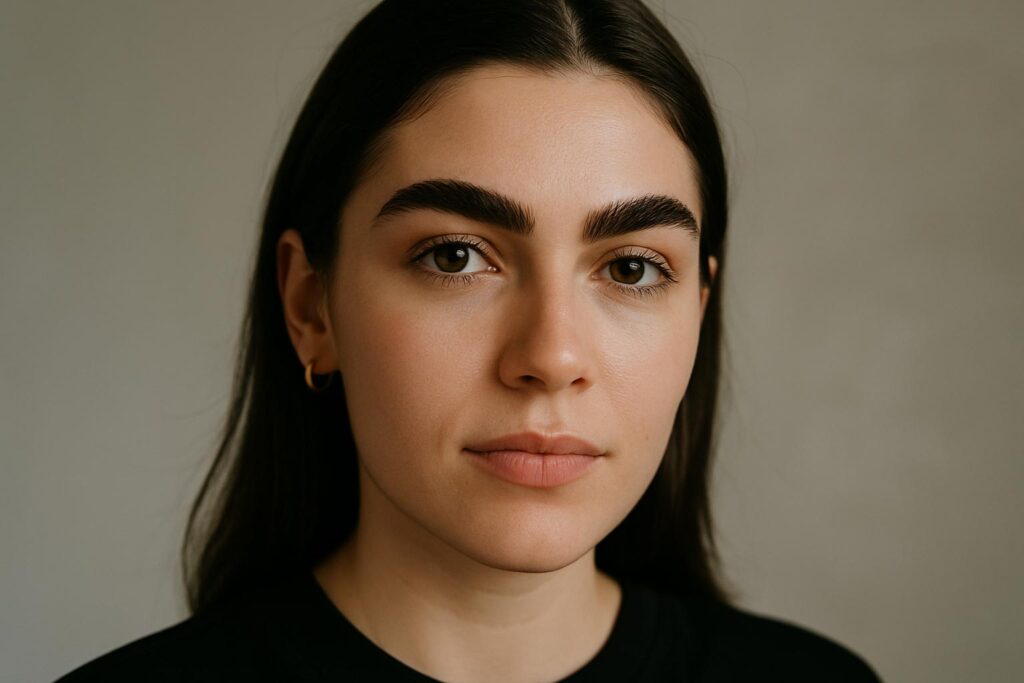They frame our face, accompany every facial expression and have changed roles again and again in the history of beauty - from thinly plucked to bushy and wild. But eyebrows are far more than just fashion accessories.
They speak - often before we even say a word.
Eyebrows as an evolutionary tool
Nature does nothing without a reason. Eyebrows are not a product of chance - they are a biological means of communication. They were originally intended to Distract sweat and rain from the eyes. But above all: Reinforce emotions.
Even in the animal kingdom, dominance, fear or submission can be recognised by the eye area. In humans, the eyebrows crucial for non-verbal communication - They emphasise our eyes, signal moods and give the face depth.
A person without eyebrows looks scary - because the emotional connection is missing.
Between expression and control - what your brows say about you
Depending on their shape, density and movement, eyebrows send out subliminal signals. Whether deliberately styled or left natural - they reveal more than you think.
Thick, straight brows
Often appear self-confident, purposeful and serious. Those who wear them (and leave them that way) often signalise structure, control and focus. A quiet statement, especially for men.
Round curved brows
Appear gentle, open, friendly. People with soft, round arches are often perceived as empathetic or balanced. This is particularly effective in social professions or in customer contact.
High, curved brows
Often associated with creativity, aesthetics and emotion. Actresses, artists and designers often set the tone here - whether consciously or unconsciously.
Interesting: People with a high brow position appear surprised or sceptical more quickly - even when looking neutral.
Patchy or light-coloured brows
Appear fine, inconspicuous - often associated with sensitivity, introversion or fragility. In Asian beauty ideals, such brows are deliberately emphasised or enhanced.
Cultural history in two lines above the eye
In ancient times, eyebrows were blackened - with charcoal, earth and later white lead (!). In the Middle Ages, they were considered sinful - women shaved them off completely. In the 1920s, narrow, strongly drawn brows symbolised rebellion, in the 80s power, in the 2010s naturalness.
Our brows are contemporary witnesses - they not only reflect our face, but also entire social movements.
Intuition meets design: Why we read people by their brows
Even without styling, eyebrows are an unconscious criterion for trust, sympathy or competence. We judge faces in just a few milliseconds - and the eye area is crucial.
That's why brow styling is not a superficial act. It is a conscious form of self-presentation.
Or vice versa: if you ignore your brows at all, you are also making a silent statement.
Conclusion
Eyebrows are not a beauty detail. They are emotional amplifiers, cultural mirrors, social tools. Those who understand them read more than just faces - they read people.
And that is exactly what makes real beauty: not perfection - but meaning.
